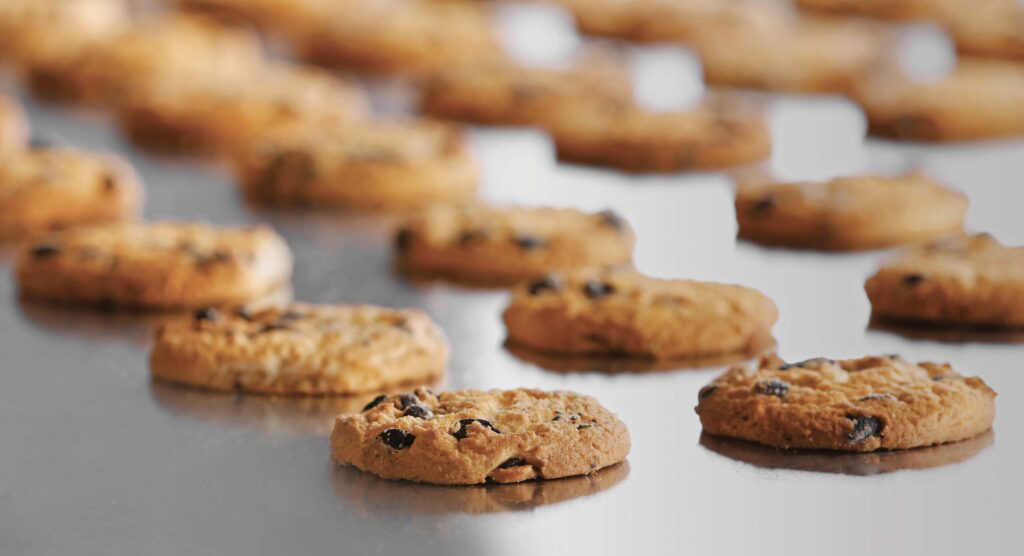 Influence of different heat treatments on the functional characteristics of quinoa flour biscuits.
Influence of different heat treatments on the functional characteristics of quinoa flour biscuits.
Quinoa is known for its high nutritional value and significant content in bioactive compounds. In this context, a recent study, carried out by a team of Mexican researchers (Valenzuela-Gonzalez et al., 2022), investigated the effects of two different heat treatments (by microwaving at 1650 W for 15 min or boiling in water for 20 min) on the quality of quinoa flour, and biscuits made with this pseudocereal flour.
In particular, this work evaluated the effect of heat treatments on: Total phenols and flavonoids content; bioaccessibility; antioxidant capacity, and sensory characteristics. The study showed that cookies formulated with microwave-treated quinoa flour had greater bioaccessibility of phenols, flavonoids, ferulic acid, rutin, quercetin, and kaempferol than cookies made with raw or boiled quinoa.
In general, the sensory acceptability of samples prepared with heat-treated flours was higher than that of the control product. In conclusion, the authors point out that the results obtained are very promising for producing healthier biscuits: In particular, the microwave treatment can improve the bioaccessibility of bioactive quinoa compounds without compromising the sensory properties of the final product.
Quantification of acrylamide formation in biscuits under different cooking conditions.
Acrylamide (AA) is classified as a toxic compound that is naturally formed during high-temperature processes, such as coffee roasting, baking and frying. In this context, a recent study carried out by a group of Italian researchers (Schouten et al., 2022), investigated the effects of heat transfer modes on the formation of AA (acrylamide) and its precursors in biscuits formulated with wheat flour.
In particular, they were baked in a ventilated mode (V) with air convection, and static mode (S), based only on conduction, at 175°C for 18, 20, 22, 24 and 26 minutes. Both heat-transfer types promoted an increase in AA levels during baking. However, in V mode heat was distributed more evenly compared to the S mode, causing a faster rise of the product temperature.
As a result, the V biscuits reached higher AA levels compared to those baked under S conditions at 20 and 22 minutes. In conclusion, all samples showed AA levels below the reference value of the European Commission Regulation, and the results obtained are usefully usable by the industry to minimize the content of this unwanted compound in bakery products.
References: Valenzuela-González et al., Food Science and Technology, 42, 2022, 1-8. M.A. Schouten et al., LWT – Food Science and Technology, 153, 2022, 112541.



